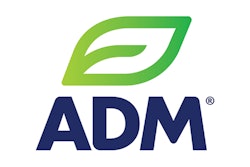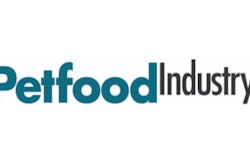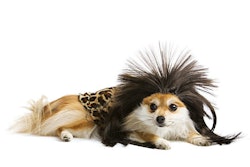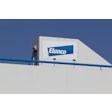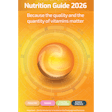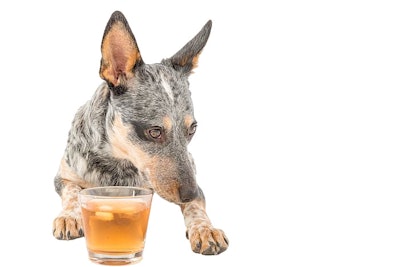
By-product from the brewing industry, such as yeast, have served as pet food ingredients since before the coining of the portmanteau “upcycling” in the 1990s. Upcycling involves taking wasted or otherwise lower cost materials and creating higher valued items. Beer brewing and alcoholic fermentation produce waste materials, including grains leached of their sugars in the brewing process. These spent grains still have nutritional value as a pet food ingredients.
On March 1, Purina PetCare introduced a dog treat made from spent brewery grains. The dog treat will be available only in their Netherlands market for a six-week trial run. The new treat will be sold under the AdVENTuROS brand. After the trial period, Purina plans to gauge consumer reactions to determine future deployment and scale-up of the product.
“Upcycling means taking ingredients that otherwise would be wasted and turning them into new nutritious products," said Nestlé Purina EMENA director of insight and innovation Olena Topilnytska said in a press release. "Through the upcycling of surplus grains from breweries, we are able to create a nutritious treat for dogs that reduces waste and provides a more sustainable option for consumers.”
While some pet food ingredients made from upcycled brewery grains remain in the tentative or experimental stage, others have been on the market for decades. These articles on Petfood Industry explored how dog, cat and other companion animal diets can include upcycled ingredients from the brewing and fermenting industries.
Dried distillers grains may boost cat food palatability
Advances in processing of dried distillers grains (DDGs) have made them an attractive option for pet foods, especially cat foods, said Greg Aldrich, PhD, pet food program coordinator at Kansas State University.
“Next generation DDGs are comparable to soybean meal and may actually have an advantage,” Aldrich said.
DDGs are left-overs from the production of ethanol, the type of alcohol used as a human intoxicant or biofuel. Regardless of whether the alcohol is meant for fuel tanks or getting people tanked, grains are fermented by yeast before distillation. In next-generation DDGs, the residues of that yeast may boost cat food palatability. In his previous research, Aldrich found that yeast products boost pet food palatability for cats.
‘Beautiful system’ supplies by-products to make pet food
Using otherwise-wasted ingredients from the humans food chain now serves to boost pet food industry sustainability. Before recycling even entered the English language in 1922, though, some pet food and animal feed ingredient companies reduced the amount of waste produced by reusing byproducts of the human food system, although the environmental benefits may have been coincidental.
For example, 139 years ago the founder of F.L. Emmert started facilitating the transport of beer brewing byproducts to dairy farms outside Cincinnati, Elizabeth Barber, F.L. Emmert Company executive vice president, said. Emmert makes pet food and livestock feed ingredients from brewers yeast. If the yeast products weren’t used for cats, dogs and livestock, the nutritious fungi would end up rotting in a landfill.
Scotch whisky co-product feeds algae for pet food omega-3
Leftovers from Scotch whisky distillation got another shot as nourishment for algae that scientists processed into a pet food ingredient. Algae grown on pot ale, a co-product of the liquor industry, could replace fish as a source of omega-3 fatty acids in both human and pet food, with potential ecological and economic benefits. Edinburgh-based MiAlgae developed a process for upcycling pot ale into algae alimentation.
Dried yeast may provide ‘gold standard’ pet food protein
Dried yeast left over from the production of ethanol, used as a biofuel and in other industries, may provide palatability enhancement in pet food on par with brewers’ yeast, Gary Davenport, PhD, companion animal technical manager for ADM Animal Nutrition. Additionally, dried yeast provides proteins and their building blocks, amino acids, which means the desiccated fungus may serve as a novel protein source to replace animal byproducts in dog and cat food formulations.



